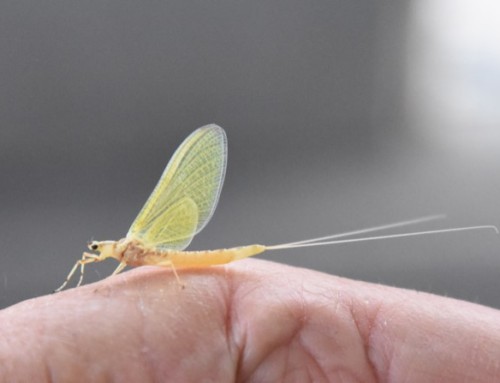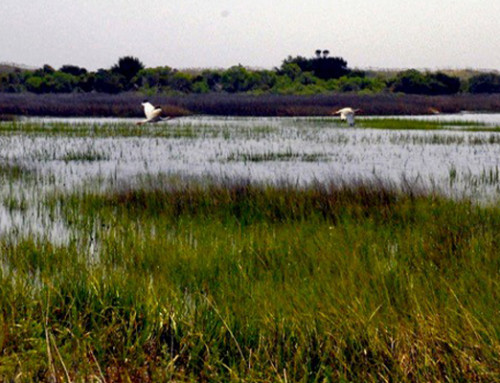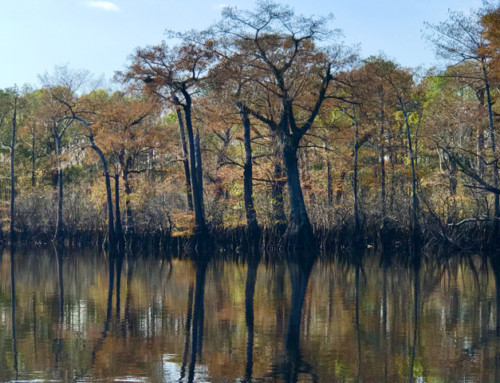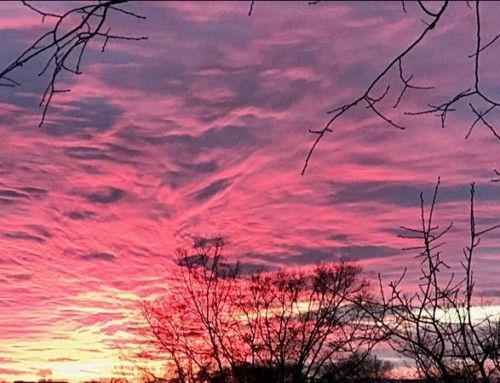A Photo Series from NC photographer and naturalist Tom Earnhardt
Gifts of April
Over the past month as we have sheltered in place for the safety of our families and communities, many of us have thought about April/May trips in times past within the borders of North Carolina. When given the opportunity, I have loved traveling alone, or with family and friends, to favorite wild places east and west of Raleigh.
Eight years ago when the North Carolina Museum of Natural Sciences opened its new “Nature Research Center” in the month of April, the Museum welcomed a group of distinguished guests, all award-winning conservationists and naturalists, from around the globe. The Museum’s visitors represented Nigeria, Ethiopia, Ecuador, Singapore, the Philippines, the U.K. and several other nations. As part of their visit, I had the privilege of traveling with these international representatives over two days while sharing with them a sampling of wild North Carolina.
Near Raleigh, we visited a Piedmont oak/hickory/pine forest, resplendent in the many shades of spring green. We then headed east and spent several hours on the Black River (a tributary of Cape Fear 20-miles upstream from Wilmington) where the delegation was serenaded by warblers, watched by owls and turtles, and awed by ancient stands of cypress. Our visitors walked in a longleaf pine savanna of the Green Swamp (near Supply, NC) where they saw newly emerged cinnamon ferns, Venus flytraps, pitcher plants and sundews. They were clearly surprised to see several species of blooming orchids and multiple species of exotic birds, like summer tanagers.
The second day was spent in the creeks and on the beaches of Brunswick County and Bald Head Island where the luminaries from four continents seemed puzzled by the “out of place” alligators, egrets, palm trees, orchids and wide beaches alive with royal terns and sanderlings. Several people finally asked the question: “North Carolina is in a temperate zone, so why are we surrounded by tropical plants and creatures?”
The truth be told, I could have headed in any direction in North Carolina, between mid April and mid May, and our guests would have been equally puzzled and dazzled by different reptiles, butterflies, birds, and many more orchids. They would have been just as excited had I taken them to the boreal spruce-fir forests near the top of our 6,000 foot peaks. Our guests, all residents of temperate zones or the tropics, were stunned by the richness and diversity of the natural world found across North Carolina. They soon understood that North Carolina is unique: it is the “boundary state” of the East Coast, where North meets South. Here, plants and animals of the subtropics are in close proximity to natural communities similar to those found in northern Maine and southern Canada (subarctic ecosystems). I’ll bet each of you has has witnessed astonishment in visitors while “showing off” your favorite Tar Heel wild places and things.
I am fully aware and equally proud of North Carolina‘s historic sites, modern cities, world-class universities and its diverse/growing population. Over the past month my pride in North Carolina, and especially in its healthcare community, has never been greater. Soon, there will come a time when travel restrictions are lifted. We will go back to our jobs and live our lives again. It will also be time to rediscover this wondrous land we call home.
This is a somber time in the history of our state and nation, but I am certain that nature will play a key role the healing process. You may be familiar with the word “biophilia,” defined as the love of life and living things. In his 1984 book, with the title Biophilia, E.O Wilson, the great scientist, ethicist and friend of wild places wrote: “Biophilia, if it exists, and I believe it exists, is an innately emotional affiliation of human beings with other living organisms.”
I have long agreed with E.O. Wilson that humans, when given the chance, are drawn to a deeper connection with nature. Nature is its own reward, and offers an avenue of comfort and hope as we move forward in the coming weeks and months. As life begins to return to normal, take a couple of days alone, or with family and friends, and visit your favorite ocean beach, Piedmont stream or mountain forest. Like guests from far away lands with “fresh eyes,” prepare to be dazzled, stunned and awed by the gifts of a Tar Heel spring.
With fond memories of Aprils past and anticipation for those yet to come,
Tom
During the second half of April most of the Piedmont is bathed in the many shades of spring green. This is Crabtree Creek in Umstead State Park during the third week of April. (Photo #1) It is peak time for spring wildflowers, and one of the most common, and spectacular, is columbine (Photo #2).


On the Black River and other coastal rivers, April is the time to be serenaded by warblers, watched by baby barred owls (Photo #3) and awed by ancient cypress mazes (Photo #4).


A longleaf pine savannah in April is a feast for any naturalist—with giant cinnamon ferns, emerging Venus flytraps (Photo #5), brilliant sundews (photo #6), pink-grass orchids (#7) several species of swallowtail butterflies (Photo #8) and shy, neotropical birds, like this summer tanager (Photo #9).





On Bald Head Island (Brunswick County) in the southeastern corner of this state, April is a time to see alligators, native palm trees (Photo #10), and noisy royal terns (Photo #11) on wide beaches.


Remember, North Carolina is a North-South boundary state with plants and animals from the subtropics, temperate zone, and subarctic communities. As you travel west to higher elevations, you will see yellow and pink lady slippers (Photos #12 and #13) before arriving in spruce-fir forests above 5,500 feet. This one is at MacRae Peak on Grandfather Mountain (Photo #14), but a similar vista can be seen at many places near the Blue Ridge Parkway.



All photos in this series are by Tom Earnhardt. Narration by Tom Earnhardt except slight editorial corrections






